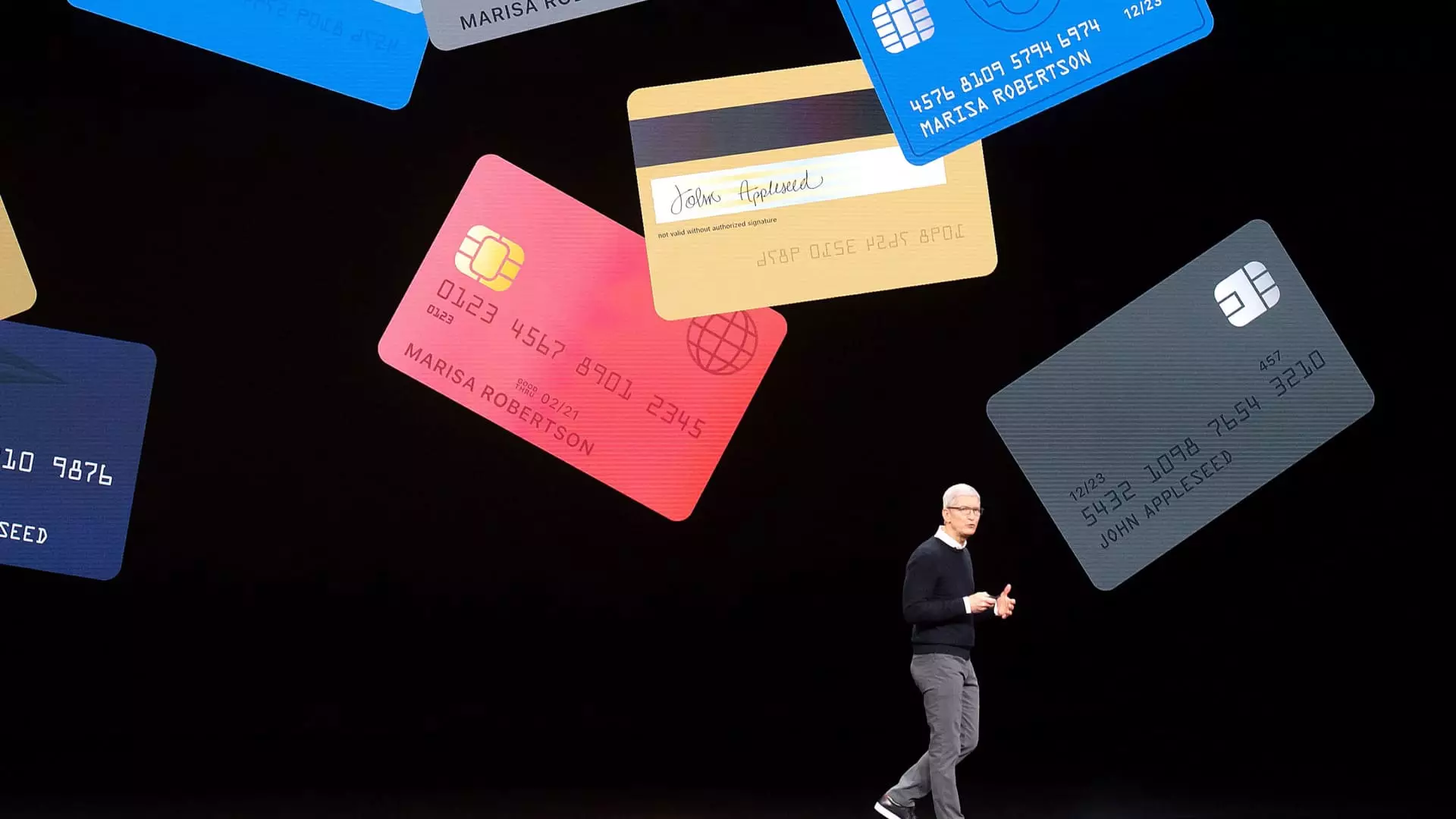Apple’s foray into financial services through its Apple Card, originally launched in partnership with Goldman Sachs, has been fraught with challenges. Recent discussions indicate that Apple is exploring a transition of this flagship credit card program to JPMorgan Chase. This potential shift underscores both the evolving dynamics of financial partnerships in the tech sector and Apple’s urgent need for a more advantageous arrangement. As institutions reassess their commitments in retail banking, Apple finds itself at a critical juncture where its credit card operations could impact its broader financial ecosystem.
Goldman Sachs had initially positioned itself as a forward-thinking player in the fintech arena by collaborating with Apple. However, this partnership has not turned out as expected. Goldman, often viewed as a titan in investment banking, has faced setbacks with the Apple Card, predominantly due to heightened operational losses and the scrutiny of regulatory bodies. Consequently, Apple’s search for a new partner reveals its dissatisfaction with the current setup and the striking limitations caused by Goldman’s pivot away from retail banking.
The landscape of card issuers in the United States is limited, leaving Apple with few viable options. JPMorgan Chase stands out as the largest credit card issuer by purchase volume, positioning itself uniquely to absorb the complexities associated with the Apple Card. Nevertheless, the negotiations are laden with uncertainty, particularly regarding the approximate $17 billion in loans tied to the card, which has been negatively impacted by substantial losses.
One of the central issues in the discussions with JPMorgan revolves around the financial implications of such a transfer. Reports suggest that JPMorgan is inclined to negotiate a purchase price that falls below the asset’s face value. This desire reflects not only the inherent risks tied to the Apple Card portfolio but also broader economic concerns that may lead to an uptick in delinquencies and defaults among cardholders.
Interestingly, advocates from Goldman Sachs argue that the elevated rates of delinquency can be attributed to the card’s user acquisition strategy, which targets newcomers to credit. This demographic, while potentially beneficial for building a customer base, has also led to immediate financial strain due to its characteristic volatility. With fears of an impending economic downturn, such factors raise alarm bells for JPMorgan, as it considers stepping into a partnership that may expose it to risky financial conditions.
Beyond financial implications, the discussions also involve a significant shift in customer service structure. One notable change could be the elimination of calendar-based billing—a feature that aligns all customers’ statements to the beginning of each month, greatly facilitating management for cardholders. However, this centralized approach also overwhelms customer service resources, creating a bottleneck during peak times. This consideration highlights the balance that must be struck between customer satisfaction and operational feasibility.
As Apple navigates its partnership discussions with JPMorgan Chase, it reflects a broader trend in the tech and financial sectors where strategic alignment is crucial for long-term success. While the shift could enhance Apple’s financial agility, it also poses inherent risks that both parties must address comprehensively for a smooth transition.

